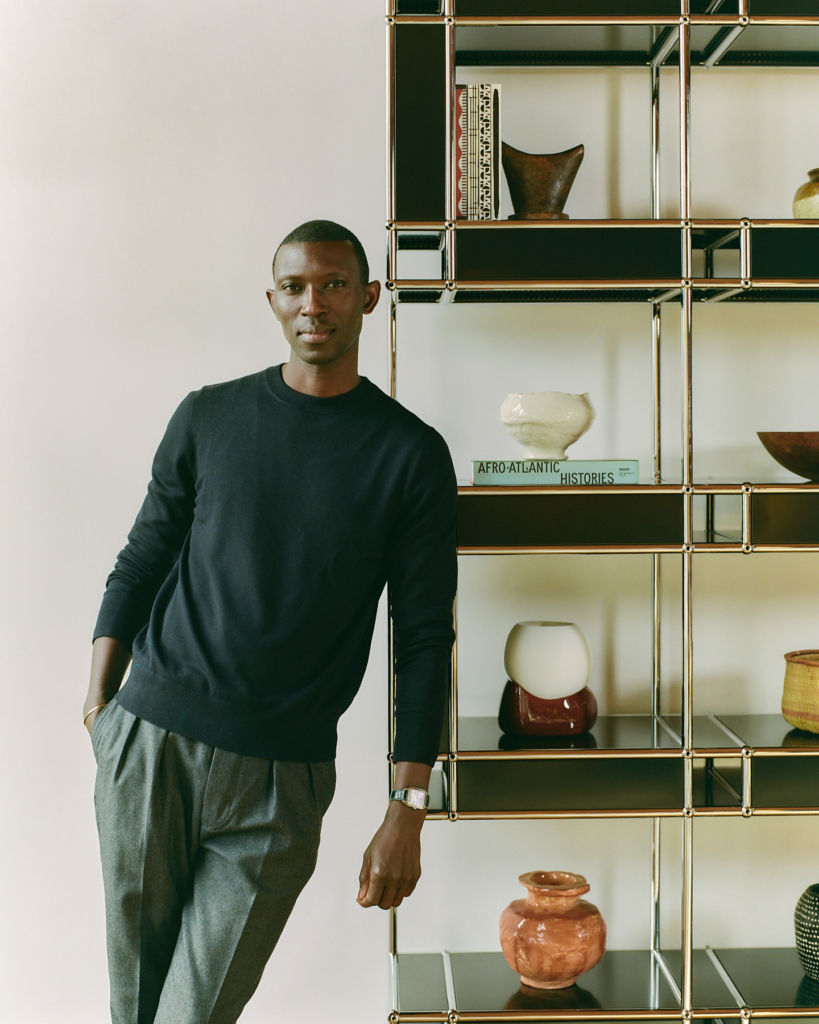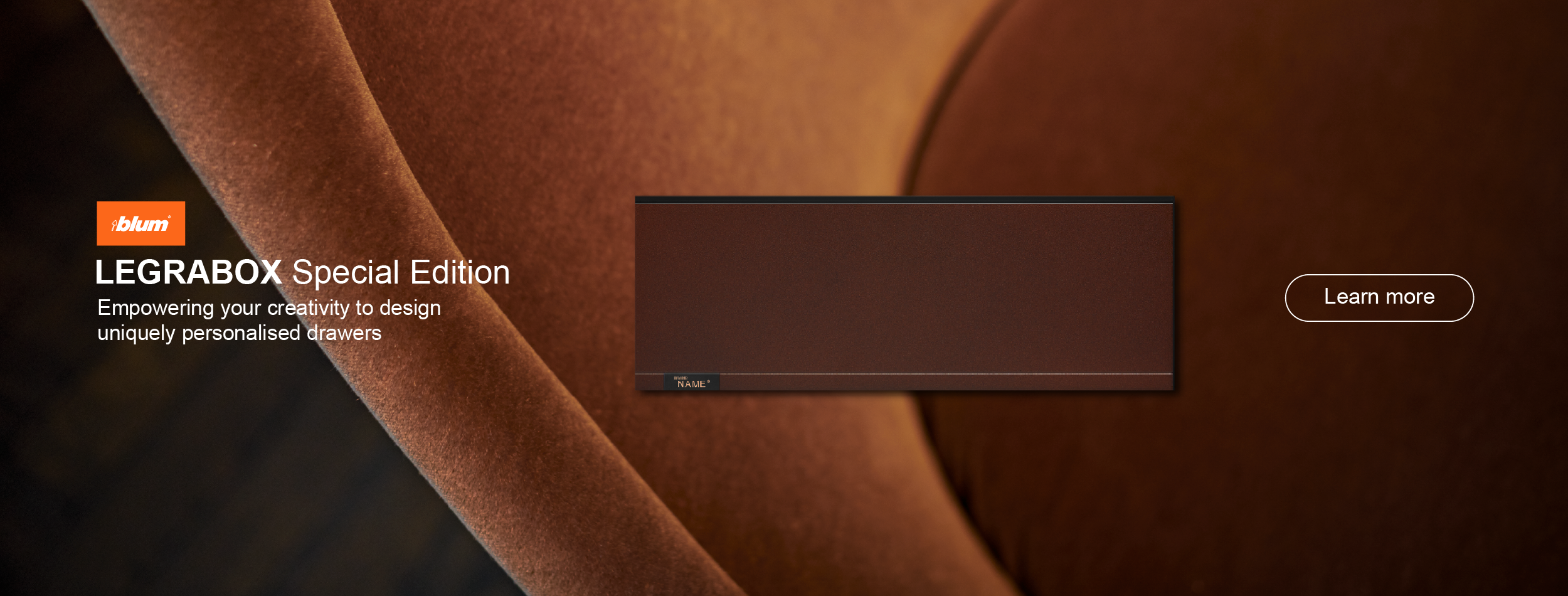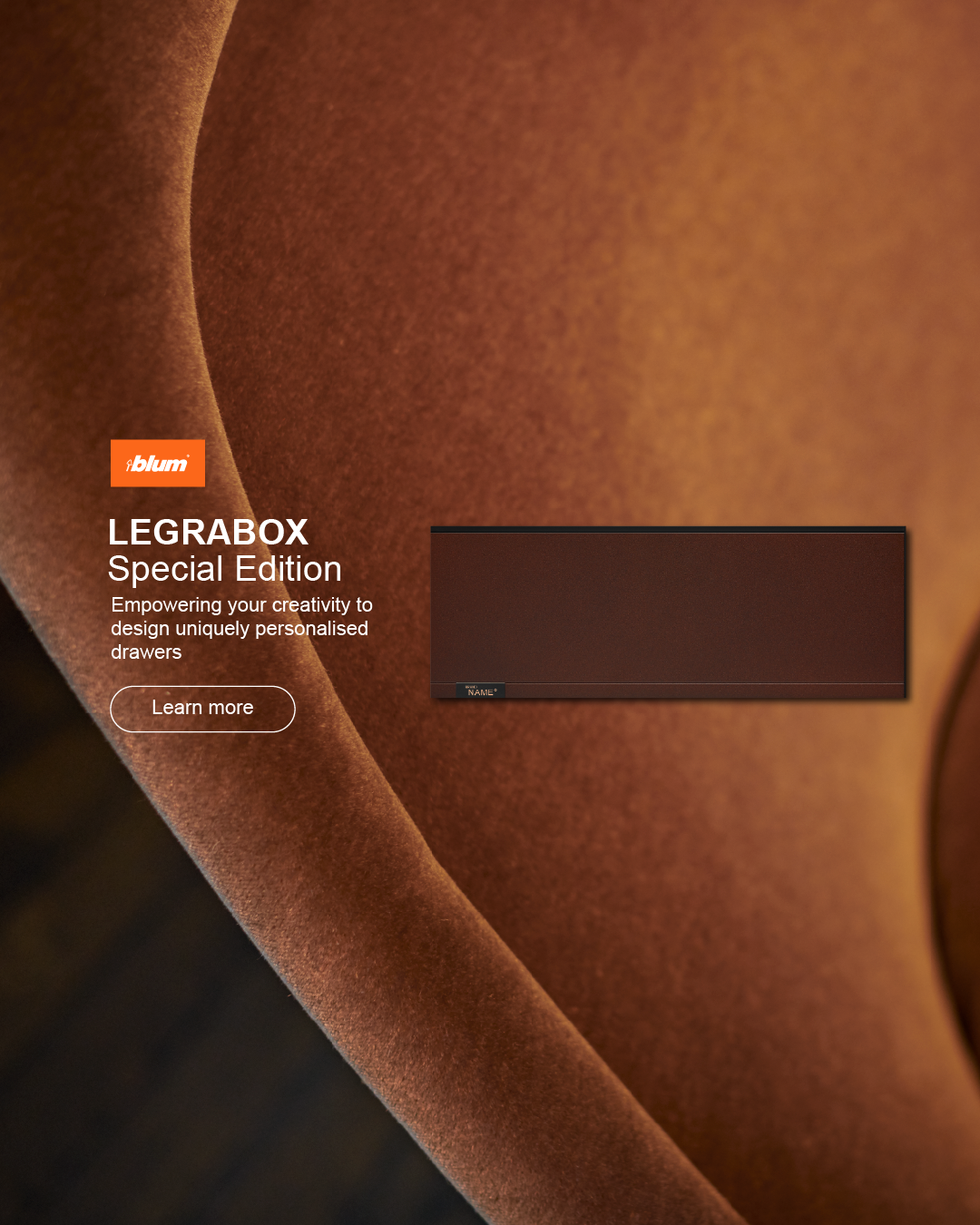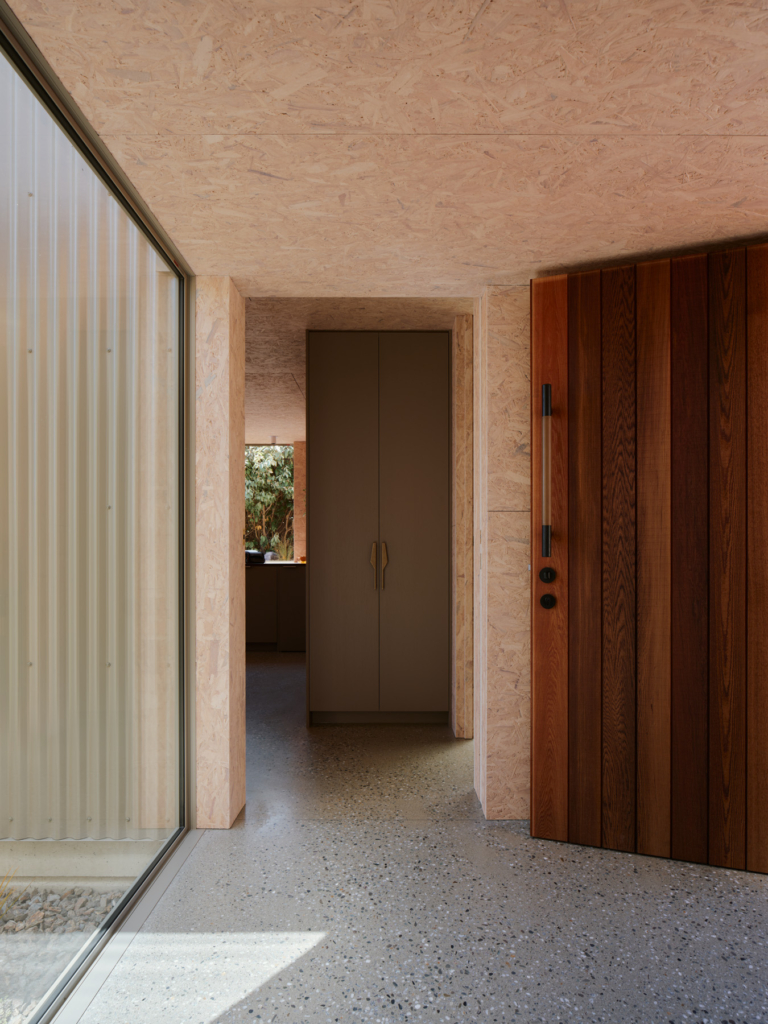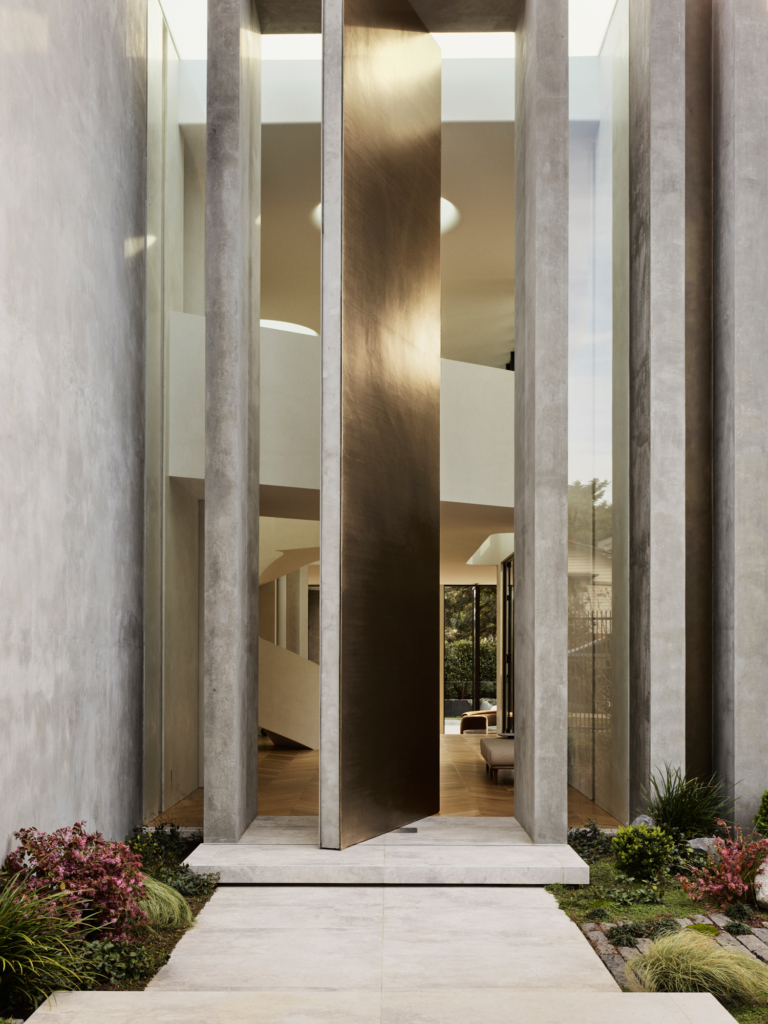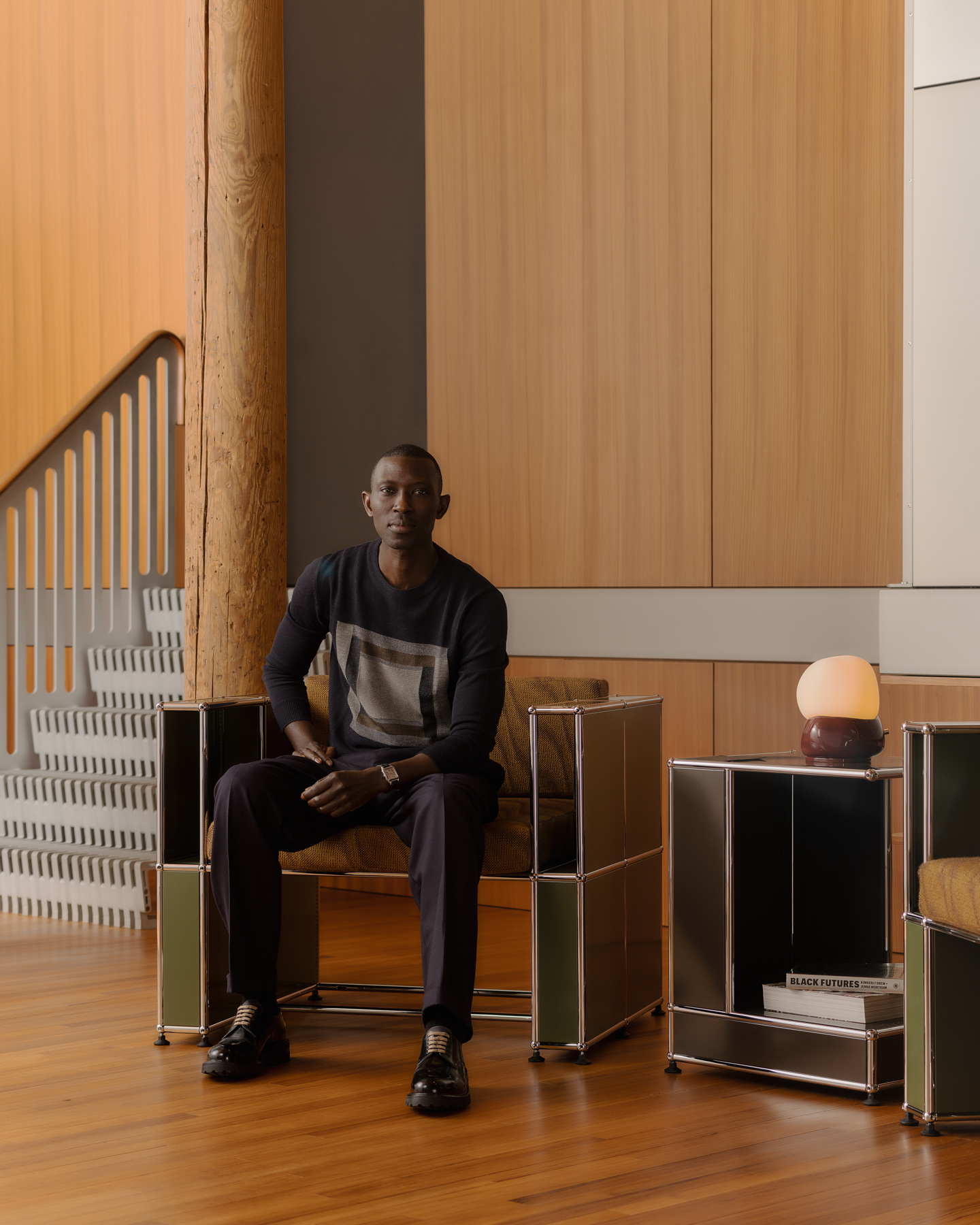
Armando Cabral and USM
The former model now footwear designer and creative director has leant his keen eye for design, luxury detail and cultural significance to USM’s contemporary-chic furniture collection.
Armando Cabral has spent years refining a design language that bridges West African culture with European craftsmanship. A former model who made his way down the runways of designers Louis Vuitton and Dries Van Noten among many, he launched an eponymous footwear line in 2009 before quickly expanding into clothing and lifestyle. This evolution naturally led to the newest pillar, Armando Cabral A Casa, a collection of considered homewares and furniture.
Today, his collaboration with Swiss brand USM takes that vision further, working with their modular Haller system to create NKYINKYIM. The installation and collection are shaped by his West African heritage and integrated into the innate mobility that is a hallmark of the Haller line and USM design oeuvre.
“Most people don’t know this, but I originally moved to London to study architecture,” says Cabral. “I had a little too much fun, decided I didn’t want to commit that many years and switched to business instead.” But the passion for design never truly left, clearly, and with the launch of A Casa and the collaboration with USM, the former model has come full circle.
A nod to his previous career, the NKYINKYIM installation debuted at the USM Soho showroom during the recent New York Fashion Week Autumn/Winter 2025 schedule.
“I was a USM customer before a co-designer,” he says. “I purchased some pieces for my home in Portugal. And when we opened a store at Rockefeller Center, I basically worked with USM to create a piece that was going to serve as a display for the window.”
A nod to his previous career, the NKYINKYIM installation debuted at the USM Soho showroom during the recent New York Fashion Week Autumn/Winter 2025 schedule. The collection includes a bookshelf, an asymmetrical platform bed, a lounge chair, a side table and a valet wardrobe stand in a palette of dark green, orange and black. The centrepiece, a sculptural bookshelf, is inspired by the namesake Nkyinkyim, an Adinkra symbol from Ghana and Côte d’Ivoire that represents movement, resilience and transformation.
“It is this beautiful African system of symbols that communicates the wisdom of life,” says Cabral. “These symbols were created in Ghana in the early 1800s, and that was basically a way for them to communicate and contain philosophical teachings and cultural references. And different ways of life.”
Cabral explains he came across them during the pandemic, when, like many, he spent time reading and reflecting. Nkyinkyim, meaning “twisting,” stood out for its focus on adaptability and progress. “The particular symbol that we picked … represents community and adaptability, versatility and the twists and turns of life.” It’s not just an abstract connection, either. The bookshelf takes the Nkyinkyim motif and turns it into something physical – a modular form that bends and curves like the symbol itself.
Translating something so fluid into USM’s precise modular framework came with challenges. “USM is a very structured system – it’s all computerised,” Cabral explains. “You have to follow certain linear processes in general … But I think that’s where the symbols meaning adaptability, initiative and the process come together … it’s one piece, or shape, that you multiply to actually create a functional structure. And that, to me, really represents what that symbol was about.”
Cabral wanted the design to flow freely without any supporting structures disrupting its form, but working with double panels initially made it too heavy. To maintain lightness and mobility, he had to adapt, refining elements to ensure the structure remained safe and functional without compromising its fluidity.
“This partnership with USM allows us to tell that story in a fresh and inspiring way, uniting tradition with modern functionality.”
A similar process played out with the lounge chair. Originally conceived as a sling chair incorporating leather – a throwback to his footwear – it had to be reconsidered when the material wasn’t an option. “We had to readapt … I said, ‘we need to put fabric in this.’” The team then tapped Rruka, a Brooklyn-based textile studio that specialises in weaving fabrics for major fashion houses.
Along with Rruka, Cabral also worked with Fefo Studio, Amalia Home Collection, Nordic Knots, Alkemis Paints and Savoir Beds for the installation, alongside designs from his own growing homeware collection. “This partnership with USM allows us to tell that story in a fresh and inspiring way, uniting tradition with modern functionality,” he says. The colour palette was carefully considered, too. “The choice of black was intentional, allowing the structure of the pieces, such as bold orange stitching, to take centrestage.”
The project has already started evolving beyond its New York launch. “None of us expected this collaboration to take shape the way it has or to have the success we are having right now,” Cabral says. “The exhibition itself is also going to move. We just opened in New York, it’s going to go to LA, then potentially to Miami. It’s going to Portugal and then it’s off to Tokyo.”
For Cabral, NKYINKYIM is part of a larger vision for A Casa, which he sees as a way to merge community, culture and craftsmanship. “The vision of Armando Cabral A Casa is to really celebrate community, culture, creativity and collaboration,” he says. “I believe that collaboration strengthens any idea because, you know, you come in with your skill set, and I come in with my skill set, and then we put them together to work. And I think beautiful things come out of that.”
That vision extends beyond furniture. “My long-term vision is for me to have a small boutique hotel somewhere in Portugal, maybe somewhere in Africa, that really will take all of these years of travelling, experiences, places that I’ve been to, things that I love and curate them into a nice space and actually welcome people to it.”
And while A Casa continues to take shape, Cabral remains focused on the creative process itself. “When designing, I’m most excited before I see the prototype. The moment I see the prototype, the excitement is gone because now I’m like, ‘wow, what else am I going to do now that can improve on this?’”


